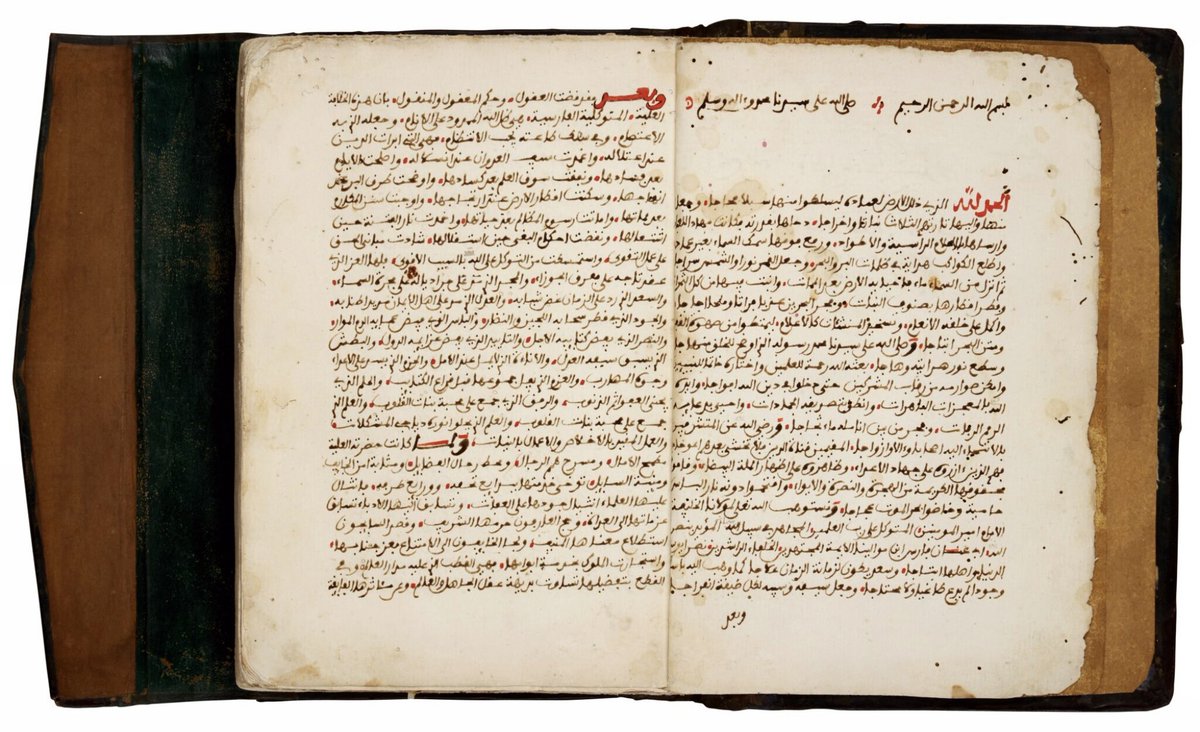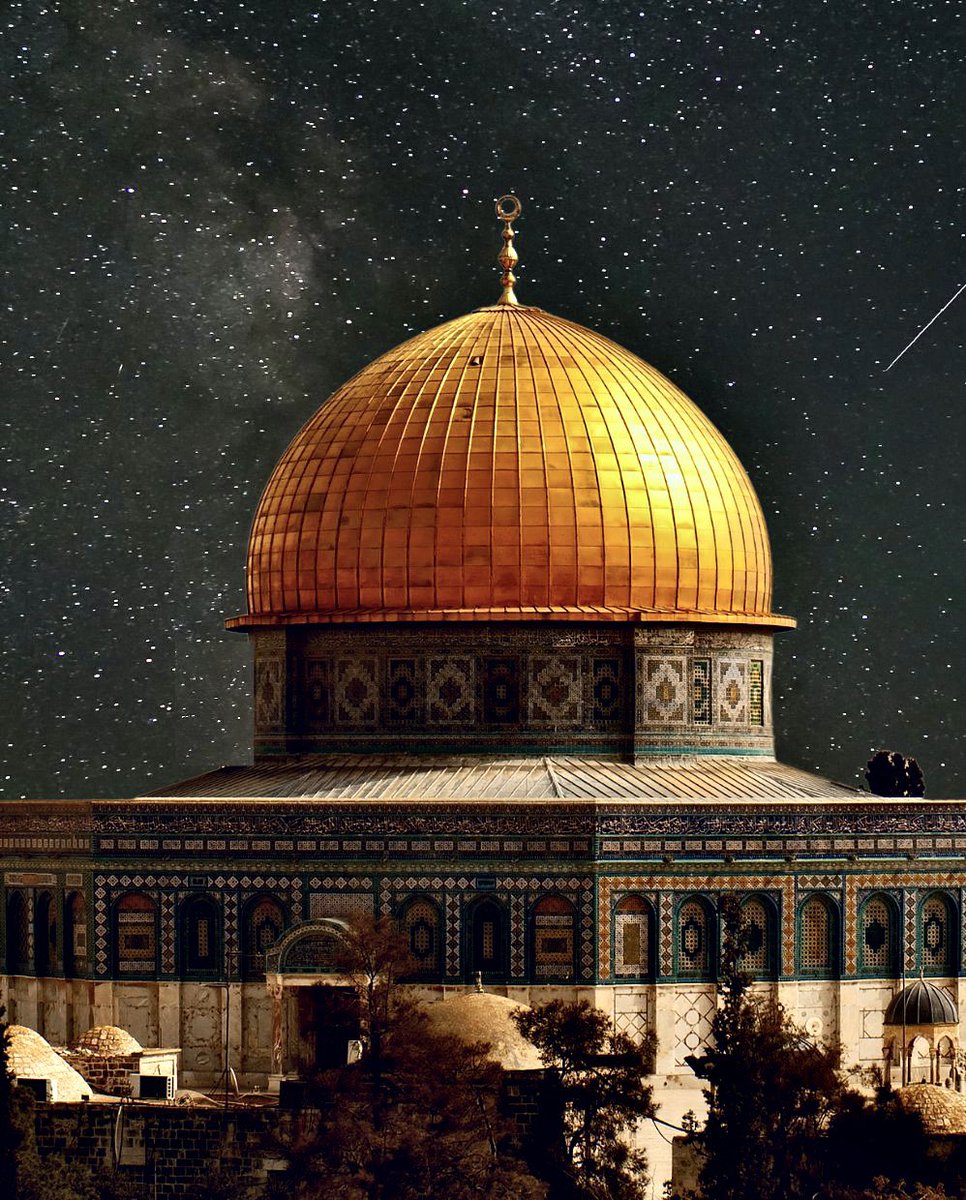
‘Traveling leaves you speechless, then turns you into a storyteller’
- Ibn Battuta
The most famous explorer in the Muslim World, Ibn Battuta, travelled more than any other explorer in pre-modern history - around 117,000 km!
A thread on the 14th century explorer Ibn Battuta…
- Ibn Battuta
The most famous explorer in the Muslim World, Ibn Battuta, travelled more than any other explorer in pre-modern history - around 117,000 km!
A thread on the 14th century explorer Ibn Battuta…

1/ Ibn Battuta was born in 1304 CE in Tangier, Morocco. His travelogue the Rihla is his most important work. His journeys in the Rihla lasted for a period of almost thirty years, covering nearly the whole of the known Islamic world & beyond. 

2/ Ibn Battuta travelled more than any other explorer in pre-modern history, surpassing Zheng He with 50,000 km (31,000 mi) and Marco Polo with 24,000 km. His total distance travelled was approximately 117,000 km (73,000 mi) (15,000 mi). 

3/ Ibn Battuta’s family hailed from a Berber background and had a long-standing tradition of serving as qadis or Islamic judges. In his quest to perform Hajj, Ibn Battuta, at the age of 21, braved the harsh conditions of the Arabian desert en route to Mecca. 

4/ Pilgrims typically visited and studied under eminent scholars while travelling to their destination, which led to prolonging Ibn Battuta’s trips. He studied Islamic Law in Egypt and served as a judge in India. 

5/ After leaving Mecca, Ibn Battuta travelled extensively over the next few years, touring Persia, Iraq, Azerbaijan, Yemen, and the Horn of Africa. He also visited Mogadishu and explored the coasts of Kenya and Tanzania and beyond. 

6/ Ibn Battuta's travels were filled with peril, but he managed to survive both robbery in India and a shipwreck in Calicut. His resilience in the face of danger is a testament to the bravery and fortitude that drove him to undertake such daring expeditions. 

7/ China marked the beginning of the end of Ibn Battuta’s travels. Having reached the edge of the known world, he finally turned around & journeyed home to Morocco, arriving back in Tangier in 1349. 

8/ Upon his return to Tangier, Ibn Juzayy was commissioned to write Ibn Battuta’s travel accounts & compile them into the Rihla - the journey, covering a vast array of experiences & observations
Historic copy of selected parts of the Travel Report by Ibn Battuta, 1836 CE, Cairo
Historic copy of selected parts of the Travel Report by Ibn Battuta, 1836 CE, Cairo

9/ His book the Rihla is considered a thorough commentary on the Islamic empire, showcasing various aspects of the social, cultural, and political history of the Muslim world in the 14th century and beyond. 

10/ Ibn Battuta's whereabouts after the Rihla's completion are uncertain, and little is known about his life except that he possibly worked as a judge in Morocco and passed away around 1368. 

11/ On the famous Catalan Atlas of 1375, it is thought that the figure at the bottom left on the camel is Ibn Battuta, travelling to see the great Mali leader, Mansa Musa 

12/ Ibn Battuta's journeys provide an invaluable source for the social, cultural & political history of the Muslim world in the 14th century. He was a keen observer of life & his descriptions are marked by a human approach which is unusual for historical writing of the time. 

14/ The great explorer, Ibn Battuta continues to be remembered and celebrated across the Muslim world for his valour and contributions, leaving a great example to follow for many generations to come 

Discover more about Ibn Battuta - The most famous explorer in the Muslim World:
baytalfann.com/post/ibn-battu…
baytalfann.com/post/ibn-battu…
• • •
Missing some Tweet in this thread? You can try to
force a refresh



















